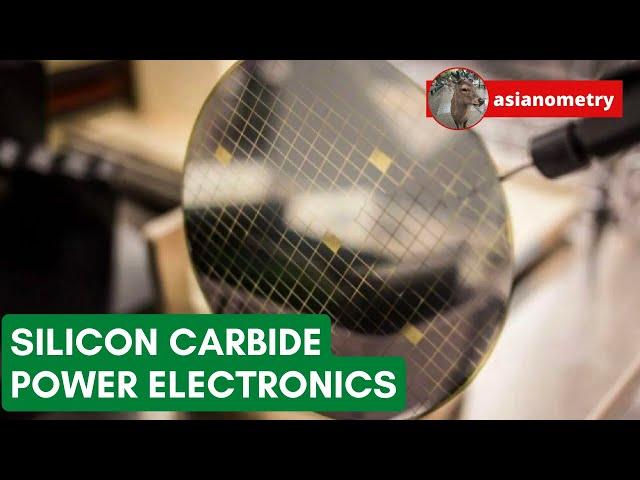
Silicon Carbide: A Power Electronics Revolution
Комментарии:
Silicon Carbide: A Power Electronics Revolution
Asianometry
자꾸만 손이 가는 딱정칩 #생존 #에드스태포드 #에드
디스커버리 픽 - Discovery Pick
Adventures: COSI Center Of Science & Industry
Marcus Shull
All aboard Austin: The Zilker Eagle Returns!
Mr.S Travel Quest
Where's my perry doofensmirzt evils incorporated gameplay
Nestor Jone C nanol
Lesson 26 - Experiment 22 "Build a Wake Up Alarm Circuit"
Mr Circuit Technology Training Channel
Abror Muxtor Aliy
Abror Muxtor Aliy Maxbubiy
Как облегчить быт? 5 советов! #дом#уборка#уют#shorts
Olga Antilova


























